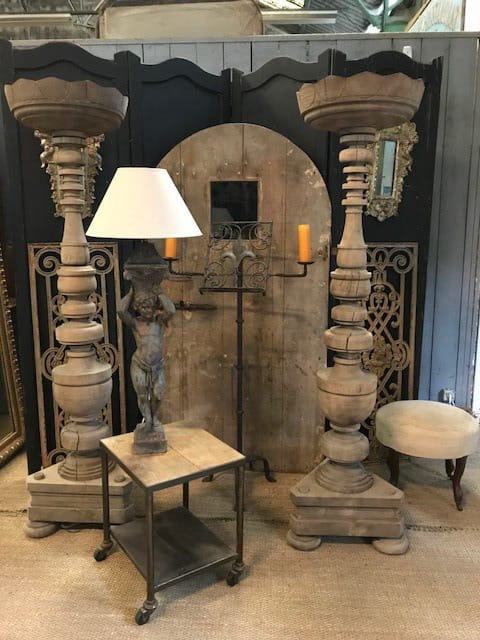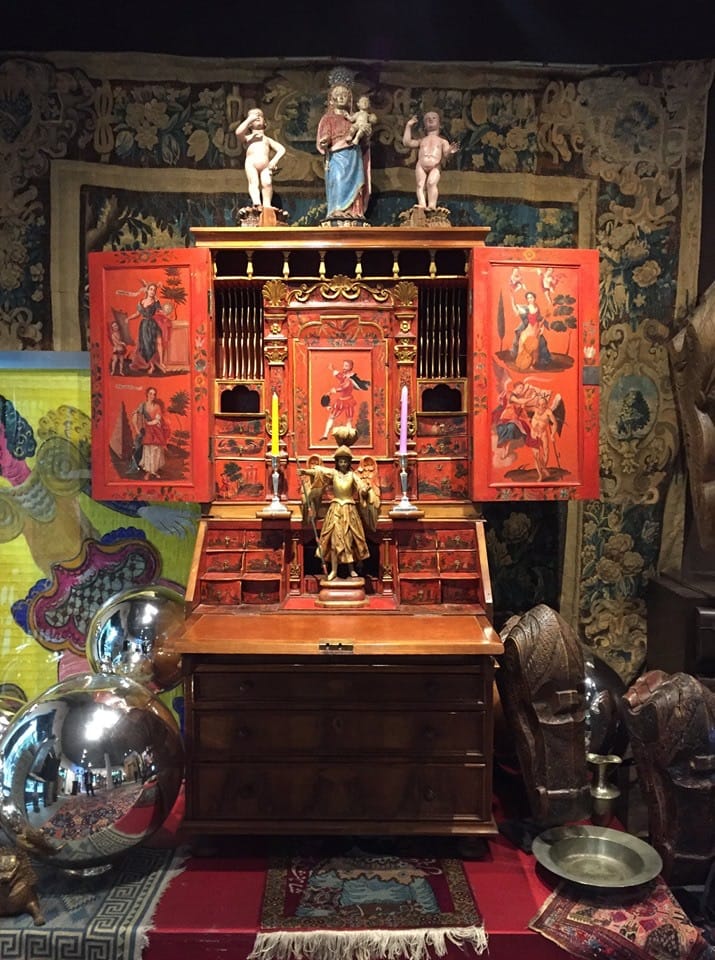Antiquarius
Why are antiques so valuable?
1. Craft
Unlike modern furniture, the vast majority of antiques are not mass produced in a factory through the use of automatized processes and machinery, but crafted by hand by a specialised artisan who puts in many hours of work for the manufacturing of a single piece. This, of course, adds to the value of the finished product; the cost of the high-skilled labour needed to create antiques is one of the main factors that drives up their price.
2. Materials
A piece of furniture that has the ability to last for decades and eventually become an antique has to be made of materials characterised by quality and durability. High-quality types of wood such as mahogany and oak, which appear frequently in antique pieces such as haberdashery cabinets and display cabinets, are sturdy, resistant to damage and able to last for centuries when taken care of properly; this makes them expensive materials which increases the price of furniture that makes use of them.
3. Design and features
The aesthetic value of antique furniture is part of the reason behind its cost: in contrast to the minimalist lines and stripped-down profiles of modern furniture, antiques often feature elaborate carved, painted or engraved details, which take the viewer back to a time when beauty was as important as function, if not more, in a piece of furniture. People who wish to decorate their home with a retro aesthetic, or simply add a statement piece, often turn to antiques for this reason.
4. Rarity
Most pieces of antique furniture are unique, partly due to being handmade and partly due to the fact that other copies or different versions of a single item may have been lost or destroyed over time. Antiques are also extremely difficult to replicate in all their details, which makes originals all the more precious. Collectors are drawn to rarity, and an item that is impossible to find anywhere else is bound to be highly prized.

5. Connection to history
Antique objects give us a connection with history, providing us with material evidence of how previous generations lived their everyday lives and decorated their homes. A trained eye can instantly recognise the historical period a piece of antique furniture belongs to just by looking at its design and aesthetic traits. Antiques are often connected to personal or family history as well: a piece that has been passed down from parent to child for generations may be connected to important events within the history of a family or a person, such as marriage, the birth of a child or a death. This emotional component makes it likely for an antique piece to be well cared for and preserved, increasing its value on the market.

“I have met Patricia Schneider a few years ago and I have worked with her since then! She has presented me with rare and beautiful pieces whether furniture or paintings, always vetted with the utmost care, honesty and negotiated to everyone’s benefit! Patricia also introduced me to some craftsmen from San Miguel Allende who were just wonderful. Dealing with Patricia Schneider is a pleasure and breath of fresh air in this very competitive world.”
Robert Couturier
Interior Designer based in New York
